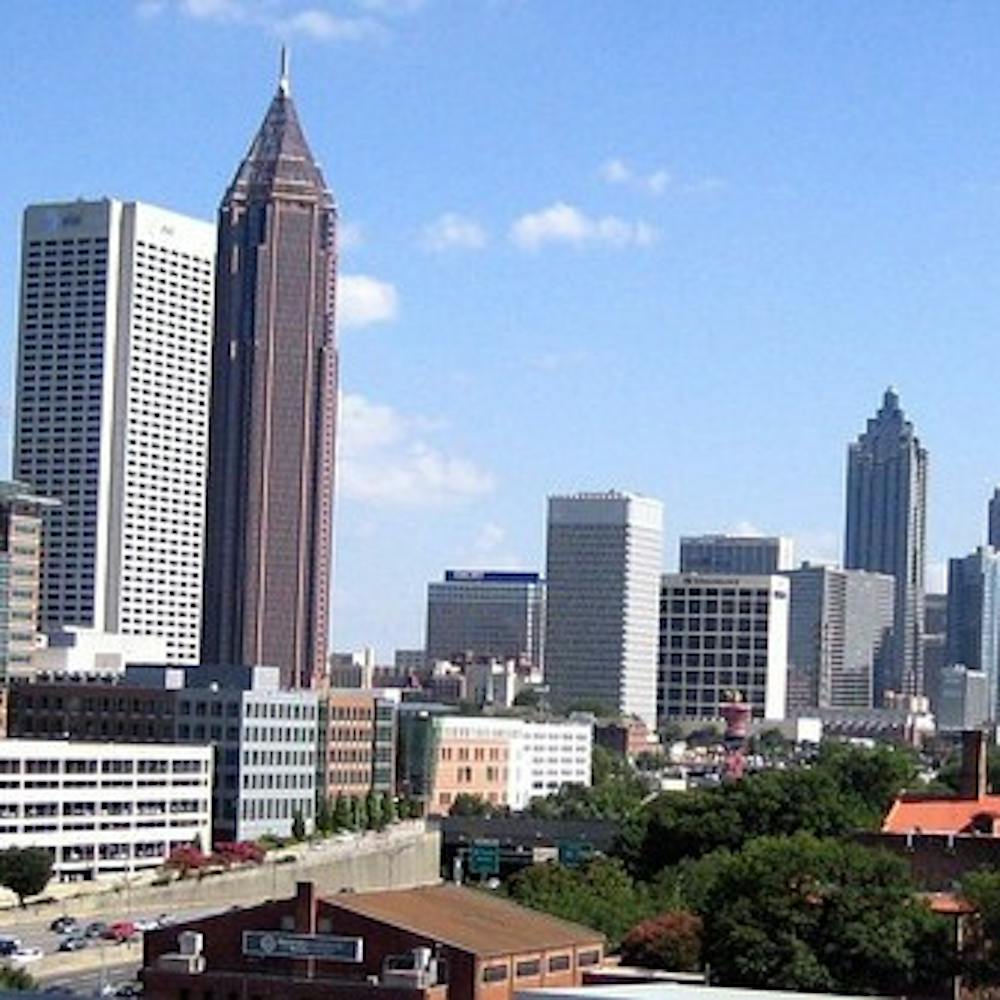By: Claire Rinck
This week, GreenHawks Media presents its first Academic Series, a feature of written pieces from Miami students interested in sustainability. These students were all enrolled in Professor Scott Johnston's IES 274 class, Introduction to the Environment and Sustainability, in the fall. See the bottom of each article to learn more about its author. Enjoy!In today’s world of continuous innovation and new technologies, sustainability often takes a backseat on the never-ending rollercoaster ride of globalized development. However, it has never been more crucial that people begin to rethink the way we make things and our patterns of consumption due to the effects of climate change. As the global population continues to increase, more infrastructure and housing is needed to support human activities; therefore, sustainable infrastructure is one of the most important ways to reduce anthropogenic impacts on the planet. One company that is paving the way for international sustainable building and investment properties is the Jamestown Company. Jamestown is a “design-focused real estate investment and management” international group that leads a successful green initiative and prides itself on many of its properties. The Jamestown Company owns a combination of industrial buildings, offices, apartment complexes, and forests. Of the infrastructure properties they own, two are LEED Platinum, eight are LEED Gold and two are LEED Silver certified buildings. Some of Jamestown’s most famous LEED properties include Industry City in Brooklyn (LEED Silver), The Exchange at Larkspur Landing in California (Gold and Platinum), Innovation and Design Building in Boston (LEED Gold) and Ponce City Market in Atlanta (LEED Gold). One of their most recent projects, Ponce City Market (PCM), was formerly an old Sears warehouse that served as a distribution center with access to the railroad. Jamestown hired S9 Architecture Company in 2011 to re-envision the adaptive reuse of the warehouse. This massive twenty-one million square foot project was completed and opened to the public in late August 2014 and received the LEED Gold certification from the U.S. Green Building Council that same year.Ponce embodies some of the core values of the Jamestown Green initiative with many innovative features. It has electric vehicle charging stations, bike parking, refurbished hardwood floors, green water filters and collectors, high-efficiency bathroom fixtures and light granite colored pavers to combat Atlanta’s heat island effect. It also has bus shuttles to the train stations that make up Atlanta’s public transit system, MARTA. Ponce also has a 20-kilowatt solar array collector and LED street lamps that line the block. It also uses spring water from underneath the building to help power the air conditioning system. During its revitalization, the building generated 50,000 tons of waste, 98 percent of which was recycled. This impressive amount is roughly equal to “4.2 Eiffel Towers, 187 Statues of Liberty or 3,363 school buses.” Today, Ponce City Market’s historic Roebuck & Company building is home to many shops, local vendors, restaurants, an early education center, offices and high-end lofts overlooking Midtown and Downtown Atlanta. Ponce City Market also has many event spaces: there are rooftop carnival games and mini-golf, a beer garden and a social lounge.
A look at the Atlanta skyline.
To enjoy all that this location has to offer, people bike on the public trail, the Atlanta BeltLine. The BeltLine, formerly the old railway line, a total of 33 miles and runs through 45 neighborhoods that also abuts Ponce. From morning into the late evening hours, Ponce City Market has something for everyone and has fostered community within this bustling neighborhood. Not only has Ponce City Market connected communities and created spaces where Atlantans can congregate, but it has popularized sustainability, too.Today, quick, new ideas with the greatest potential profit are often selected without considering the various environmental and human impacts that they will have. Companies like Jamestown continue to challenge and reshape the way we remake our world, from simple products to large scale infrastructure. More companies need to start making these choices to ensure a more community-minded and sustainable future for all. Claire Rinck is a junior at Miami University pursuing a double major in Social Justice Studies & Geography and Sustainable Development with a minor in Latin American Studies. Claire is a member of various clubs and organizations, one of which is the University Academic Scholars Program, where she serves as the Social Justice Scholars Divisional Representative. Claire is from Atlanta, Georgia. She attended an all-girls high school where she discovered her passions for minority group empowerment, rights and equal access to opportunities. Her main focus is social and environmental justice, and Claire hopes to find a career path at the United Nations that would allow her to do both of these things. Claire is an advocate for the understanding of (dis)abilities, youth mentoring, greener living, gender and racial equality and global crises.Photo courtesy of Claire Rinck

